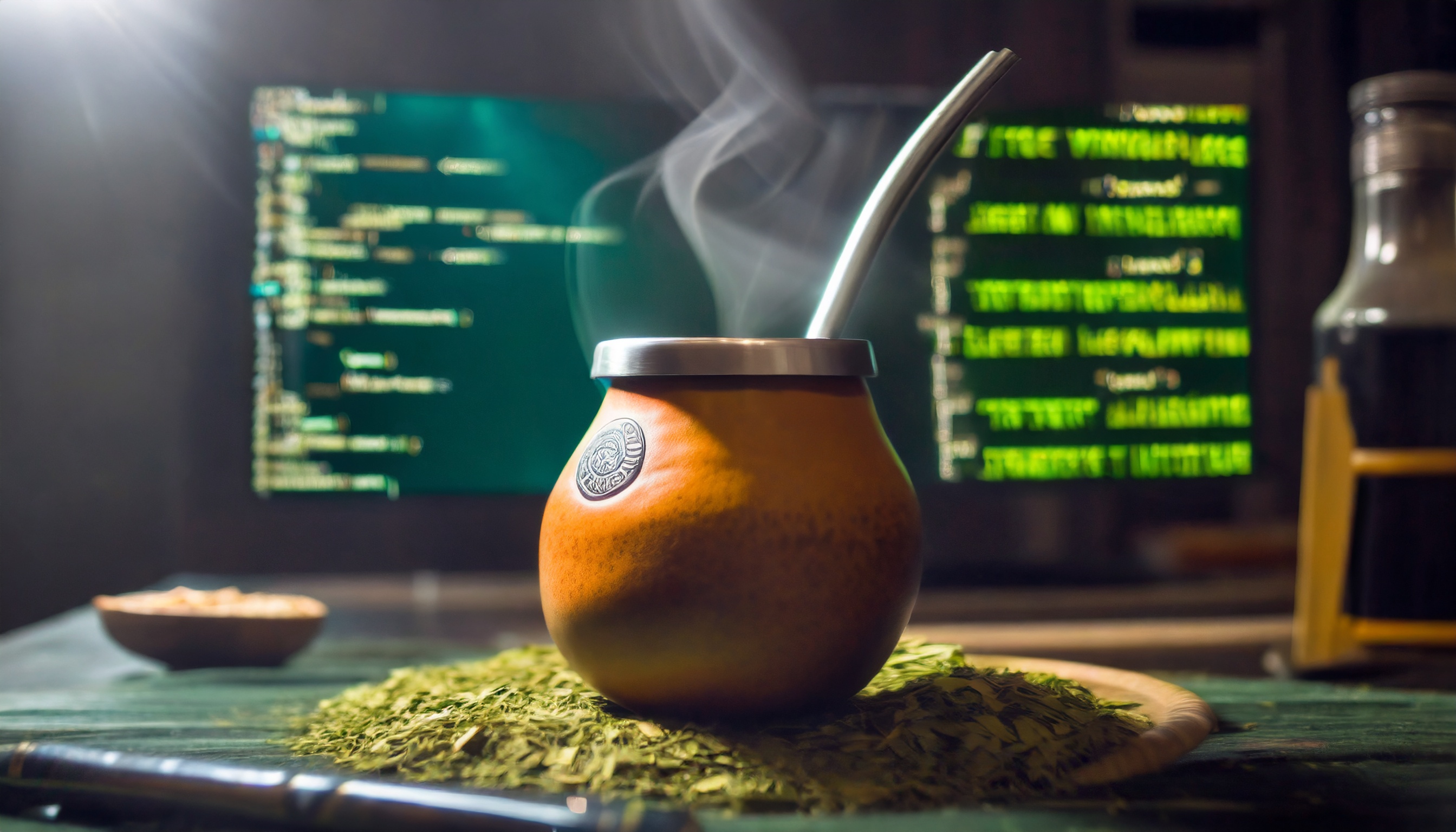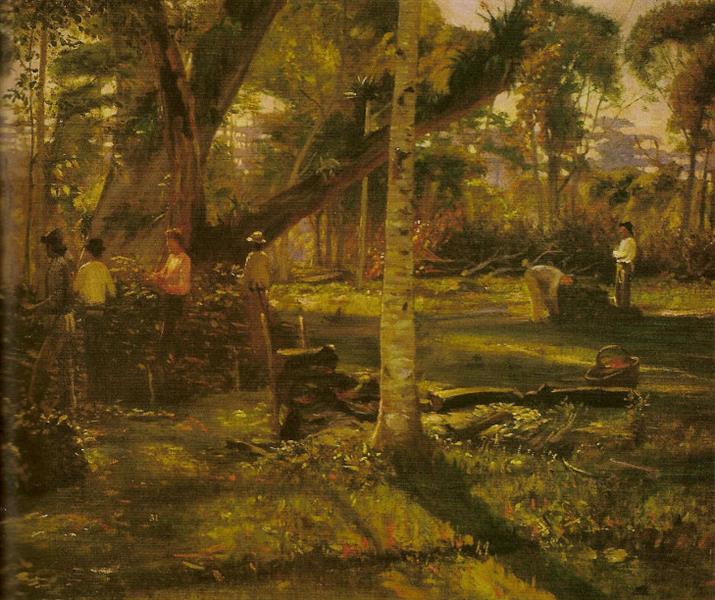Mate: the best coding companion?
 NehGuk
NehGuk
Programmers love coffee. Period. But there's another hot drink that, in my humble opinion, deserves our attention as developers and engineers. It's mate! Also known as erva-mate, yerba mate or chimarrão, it's a hot herbal infusion made from the crushed leaves of a plant whose scientific name is Ilex paraguariensis. This species is endemic in the southern territories of Brazil, as well as in parts of Argentina, Uruguay and Paraguay.
The important thing is: mate does contain a decent amount of caffeine. Not as much as coffee, though – which might be a good thing. If you like numbers and, more importantly, if you care about not ruining your sleep pattern and your circadian cycle, here's what you need to know:
A 240ml cup of coffee typically contains between 95mg and 165mg of caffeine.
A 240ml cup of black tea contains between 40mg and 70mg of caffeine.
A 240ml cup of green tea contains between 20mg and 45mg of caffeine.
A 240ml cup of mate contains between 30mg and 50mg of caffeine.
In other words, mate falls somewhere in between black tea and green tea when it comes to caffeine content. But these numbers can be tricky. After all, the amount of caffeine in any of these drinks depends upon the brewing method that we use. Filtered coffee, for instance, contains substantially less caffeine than French press coffee. When it comes to plants and herbs, the infusion time must be taken into consideration: the longer it is, the more caffeinated the drink shall become.
I'm biased, I know. But I do think that mate tastes much better than coffee or tea. True, it's bitter as hell. Most people hate it the first time they try it.
A bit of history
There is of course a rich history behind mate. The guarani people – the original inhabitants of the southern landscapes of South America – are the ones to be credited. In their old traditions, mate has always been a symbol of health, friendship and hospitality. Epic stories surrounding this drink have been orally transmitted from generation to generation. And I know quite many of them! My uncle, back in the day, used to work as a mate seller in the countryside of Brazil, in a time when no one could have possibly imagined that mate would one day become a coding companion for developers and IT professionals.
Another fun random fact: it is said that Alfredo Andersen (1860-1935), a Norwegian painter who emigrated to the south of Brazil, became a mate lover himself. In 1899, he painted this beautiful artwork that is called Sapeco da erva-mate, or Mate harvesting. Here:

Right, I better stop here – before I get too excited and start writing a 700-word essay on mate traditions. While drinking mate may not drastically boost your productivity as a programmer, it will certainly intrigue your taste buds. Moreover, just like coffee, it can be a delightful companion when you are debugging your code, tackling a complex function or prototyping a new design.
Image credits
The image on the cover of this article was generated by AI (Adobe Firefly).
The painting Sapeco da erva-mate, by Alfredo Andersen is under public domain and I got it from Wikimedia Commons.
Subscribe to my newsletter
Read articles from NehGuk directly inside your inbox. Subscribe to the newsletter, and don't miss out.
Written by

NehGuk
NehGuk
Science writer & Frontend developer. I'm mainly interested in technology, design, literature, martial arts, chocolate milk, music and cat videos.